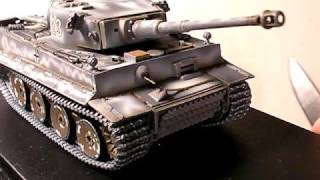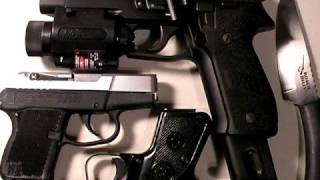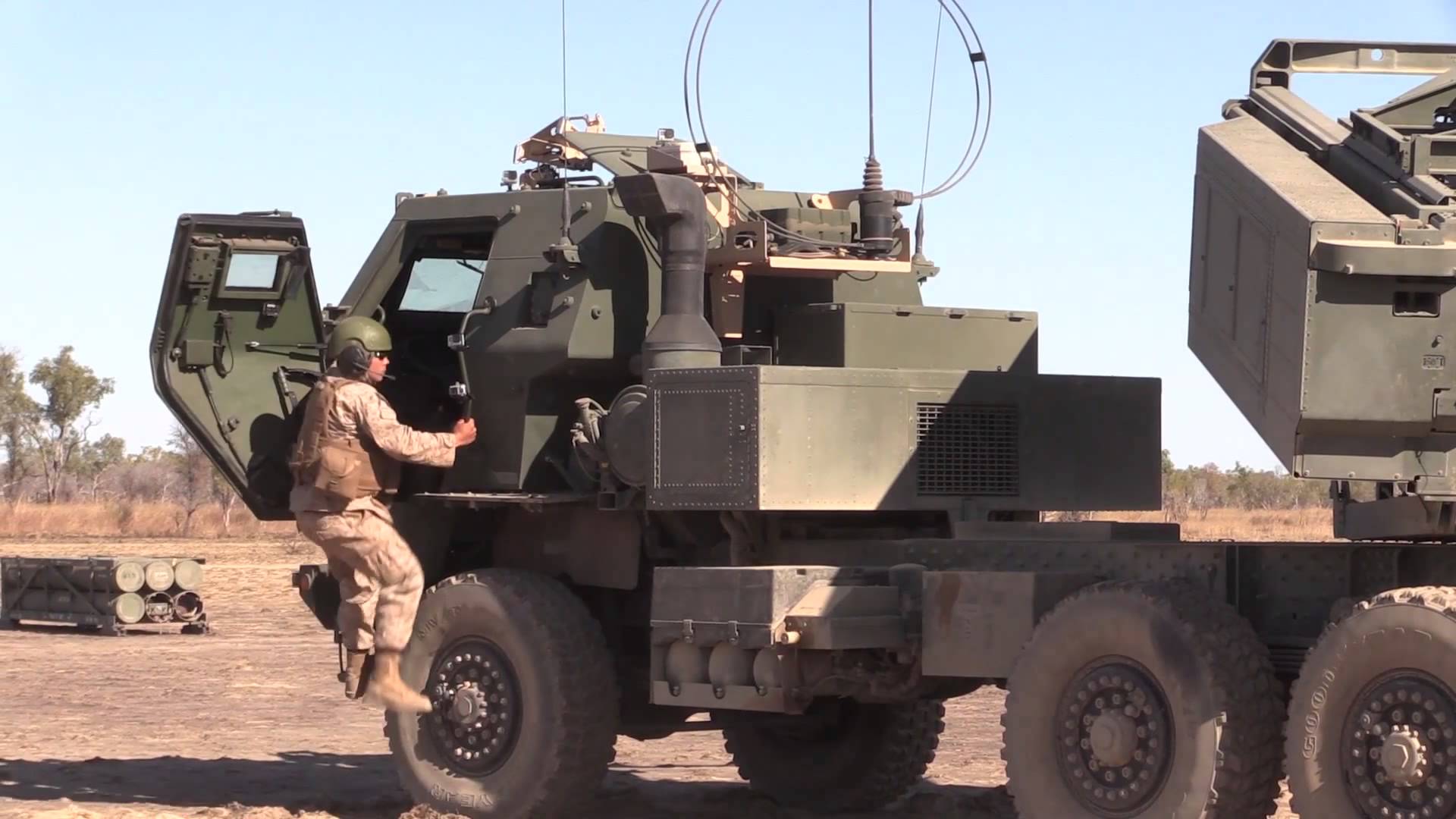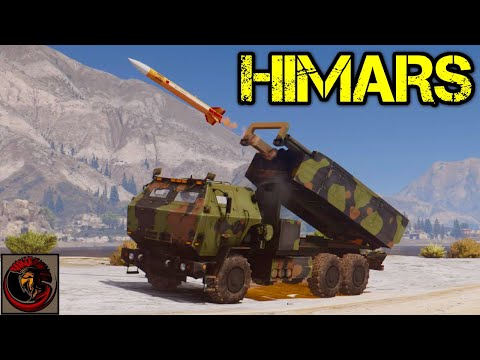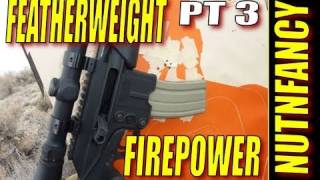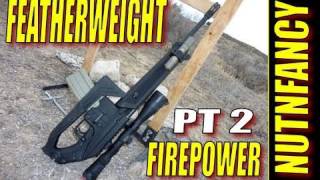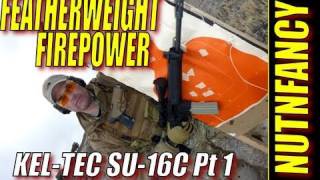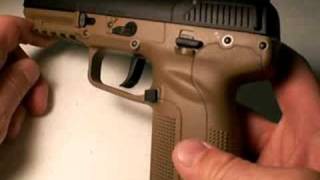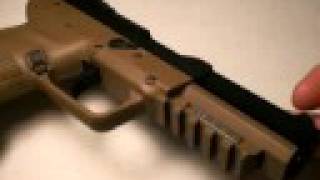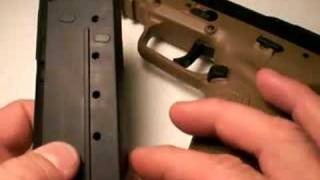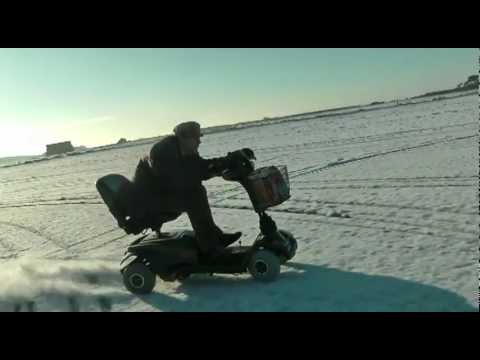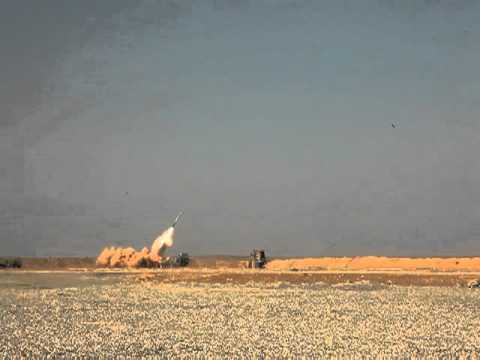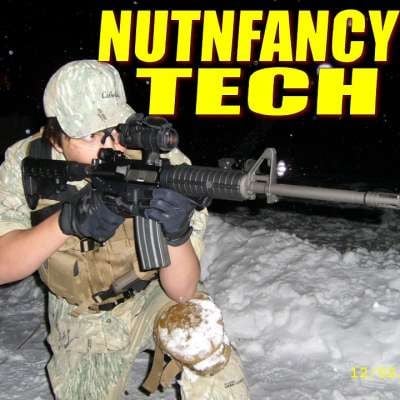Mobility vs Firepower by Nutnfancy, Part 1
PART 1 of 4:
When it comes to your gear choices, whether were talking guns, knives, load bearing equipment, or backpacking gear, a wise user should have well-reasoned choices based on weight, size, ease of carry, capabilities needed, durability, and price for performance given. In this four part video series, Nutnfancy distills this decision making process into what is called MOBILITY VS FIREPOWER. Using the historical example of WW II tanks, both Allied and German, a case is made for both sides of the argument. The Tiger 1 tank could be considered a poster child for the FIREPOWER argument: heavily armed with its 88mm gun and thickly armored and in the hands of a competent tank commander, the Tiger 1 could and sometimes did rule the battlefield. However, like many firepower-weighted choices, it had some big disadvantages: unreliable at times, complex to fix and maintain, expensive to make, hampered by a very short range (37 miles!), slow speed, difficult to recover, and laborious to transport to the battlefield.
Other German designs were equally as impressive and some, like the incredible StuG III assault gun (tank), actually mastered the MOBILITY concept quite well. However all this German expertise and propensity for superior tanks (usually FIREPOWER weighted) failed to make a decisive difference in the outcome of the war. Actually it was the humble American Sherman tank that came home with the gold. Except for perhaps the Sherman Firefly (a later version with 17 pdr gun), this tank was completely outclassed by the Tiger and Panther tanks and sometimes paid dearly for its faults.
However the Sherman possessed one overwhelming and battlefield advantage: it was THERE. The numerical superiority and its simplicity and reliability allowed the Sherman tank to make significant contributions to American combat operations in Europe. Conversely, the Tigers were few in number, frequently undergoing maintenance (generally only 50% of Tigers in Russian were battle ready), poorly utilized, or sitting somewhere starved for fuel. Theres a lot to be said for being THERE and its a proven battle winning factor. And like the Stug III assault gun, the Sherman tank embodied the concept of MOBILITY well: fast enough to keep pace and help protect infantry, maneuverable, reliable, adequately armed, and simple. The Sherman (or the StuG III) werent the best but they were the most meaningful tanks in a lot of ways and their tactical contributions teach us the same lessons today.
What will have the most impact on your system and mission requirements: mobility or firepower? Every situation is different but often its wise for the sheepdog or civilian to choose mobility so, like the Sherman or StuG, that gear item will actually be carried and ready for duty should the occasion arise. But every so often your system will call for and need the FIREPOWER side of the equation and the additional weight and size will be warranted for the additional capability. Experience will be your best teacher but, like WW II, theres already lots of history to learn from. Nutnfancys review videos reference this Firepower vs Mobility concept and provide you with common sense reasoning that may help you make the right decision for your systems.


